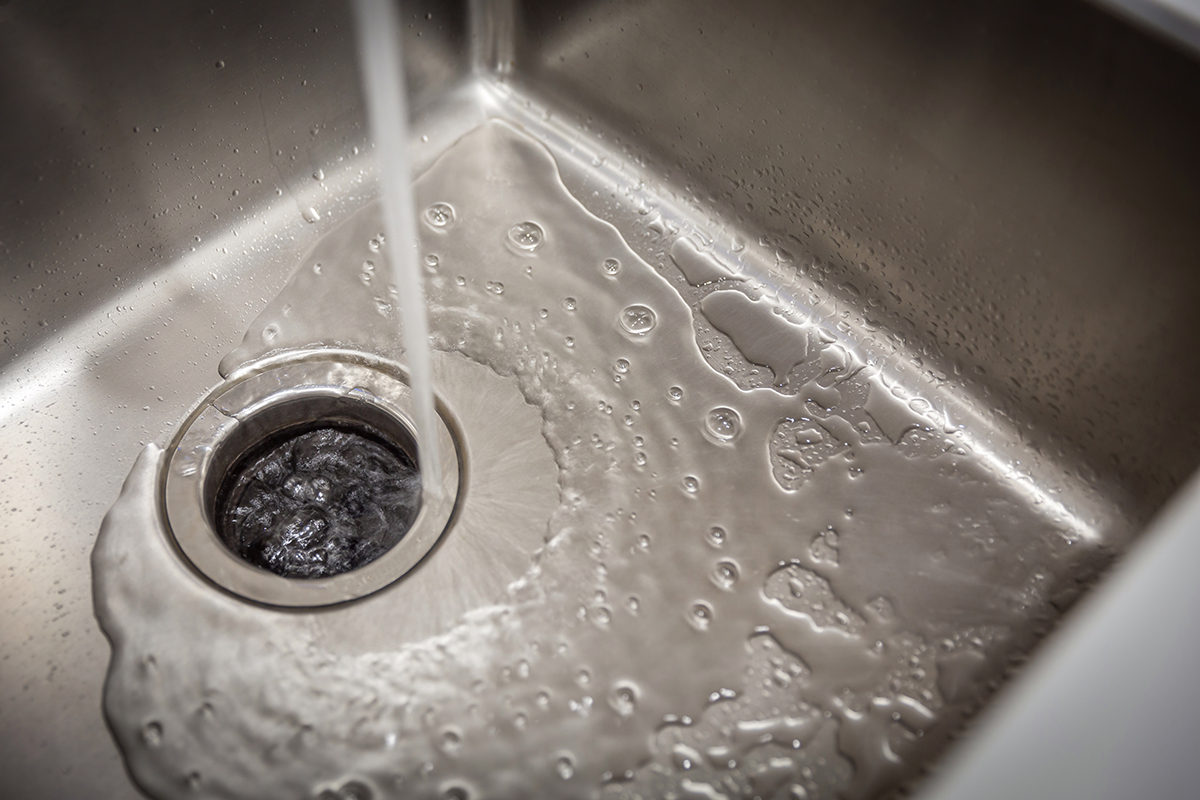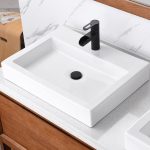Introduction: The Unwelcome Drip
In the tranquility of our homes, the relentless drip from a leaking sink drain pipe can become an unwelcome symphony, disrupting the peace and potentially causing water damage if left unchecked. This nuisance, however, is not a battle homeowners have to surrender to. With a little understanding, the right tools, and some DIY spirit, repairing those pesky leaks becomes a manageable task. This comprehensive guide delves into the art of restoring your sink drain pipes to their leak-free glory.
Understanding the Anatomy of a Leak
Before diving into repairs, it’s crucial to grasp the basics of a sink’s drainage system. Typically, this includes the sink strainer, tailpiece, P-trap, and drainpipe, each playing a vital role in carrying water away efficiently. Leaks often occur at the joints where these components connect, usually due to loose fittings, worn out washers, or corroded pipes. Identifying the source of the leak is the first step towards a successful repair.
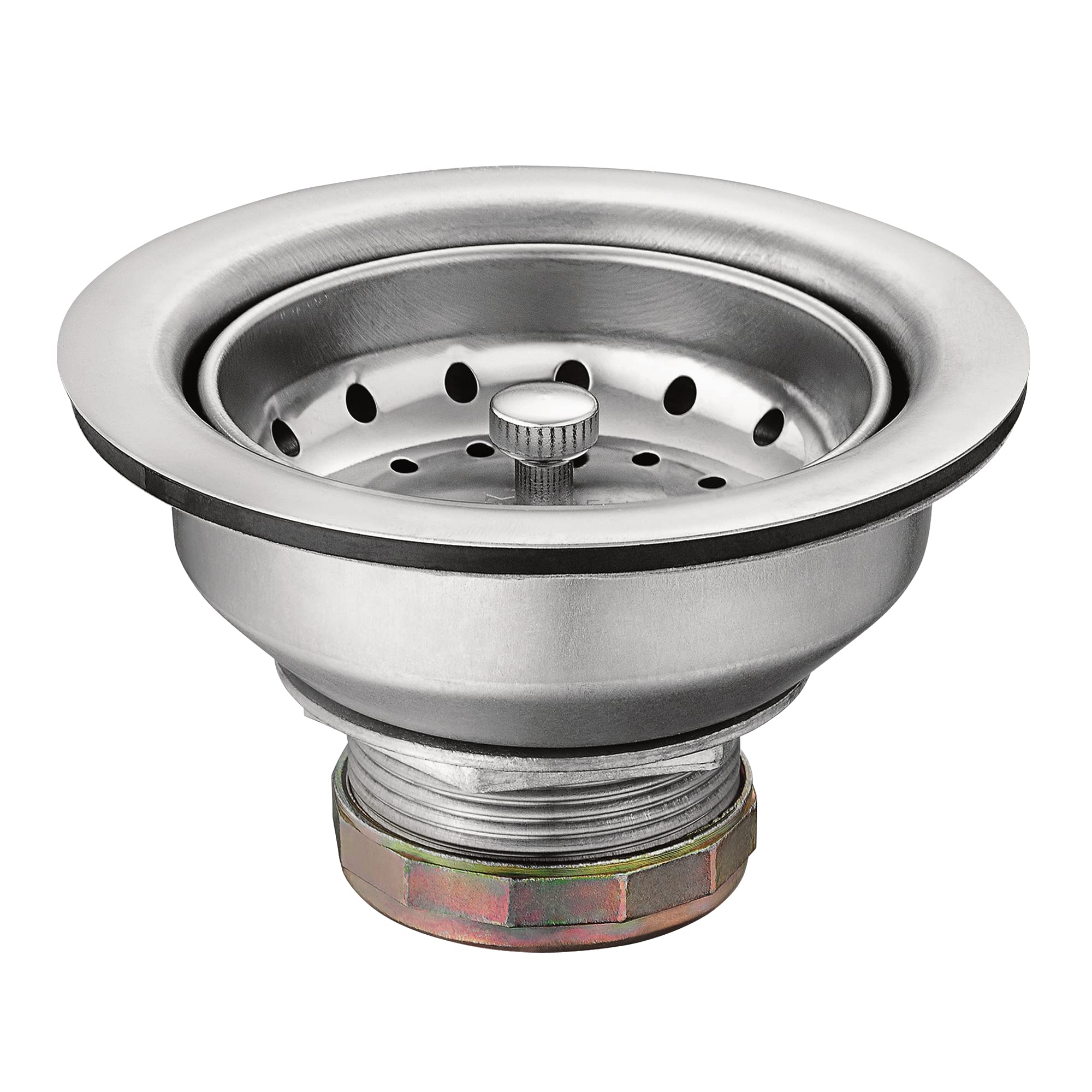
Assessing the Damage: A Pre-Repair Checklist
- Visual Inspection: Begin by turning on the faucet and observing where exactly the leak originates. Is it from a joint or a crack in the pipe?
- Cleaning: Clear the area around the leak to get a better view and ensure no debris obstructs your work.
- Shut-off Valve: Locate and turn off the water supply to the sink to prevent any unexpected surprises during repairs.
Gathering Your Arsenal: Essential Tools & Materials
To tackle the leak, you’ll need a few basic tools and materials:
- Adjustable wrench
- Plumber’s putty or Teflon tape
- Replacement washers and gaskets
- Pipe wrench
- Replacement pipes (if corrosion is severe)
- Bucket (to catch any residual water)
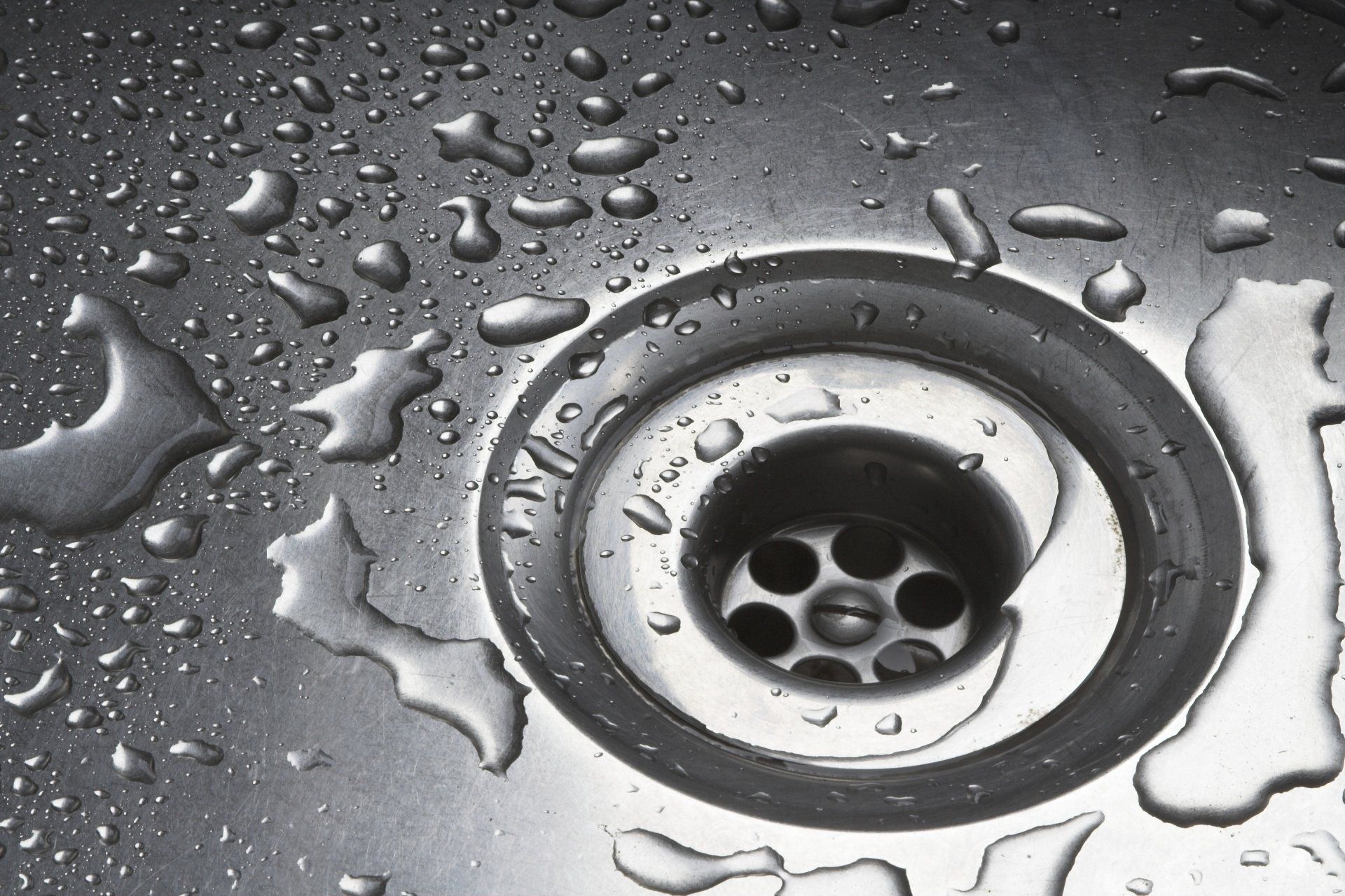
Tackling Loose Connections: Tightening Techniques
Securing Joints with Precision
Loose connections are among the simplest issues to address. Using an adjustable wrench, carefully tighten the nuts holding the pipes together, being cautious not to overtighten, which can damage the threads or crack the pipe.
Washer Replacement: The Unsung Hero
If tightening doesn’t solve the problem, it’s likely the washer or gasket has worn out. These small components sit between pipe connections, forming a watertight seal. Turn off the water supply, disassemble the joint, remove the old washer, and replace it with a new one, ensuring it matches the original size and shape. Apply plumber’s putty or Teflon tape to further secure the seal.
Dealing with Corrosion: Reviving Old Pipes
Corrosion is a more stubborn adversary, particularly in metal pipes. If you notice rust or significant deterioration, replacement might be necessary. Measure the length and diameter of the damaged section, then cut out the corroded part using a pipe cutter. Replace it with a new piece of PVC or copper pipe, depending on your preference, and reconnect using appropriate fittings and adhesive or solder as required.
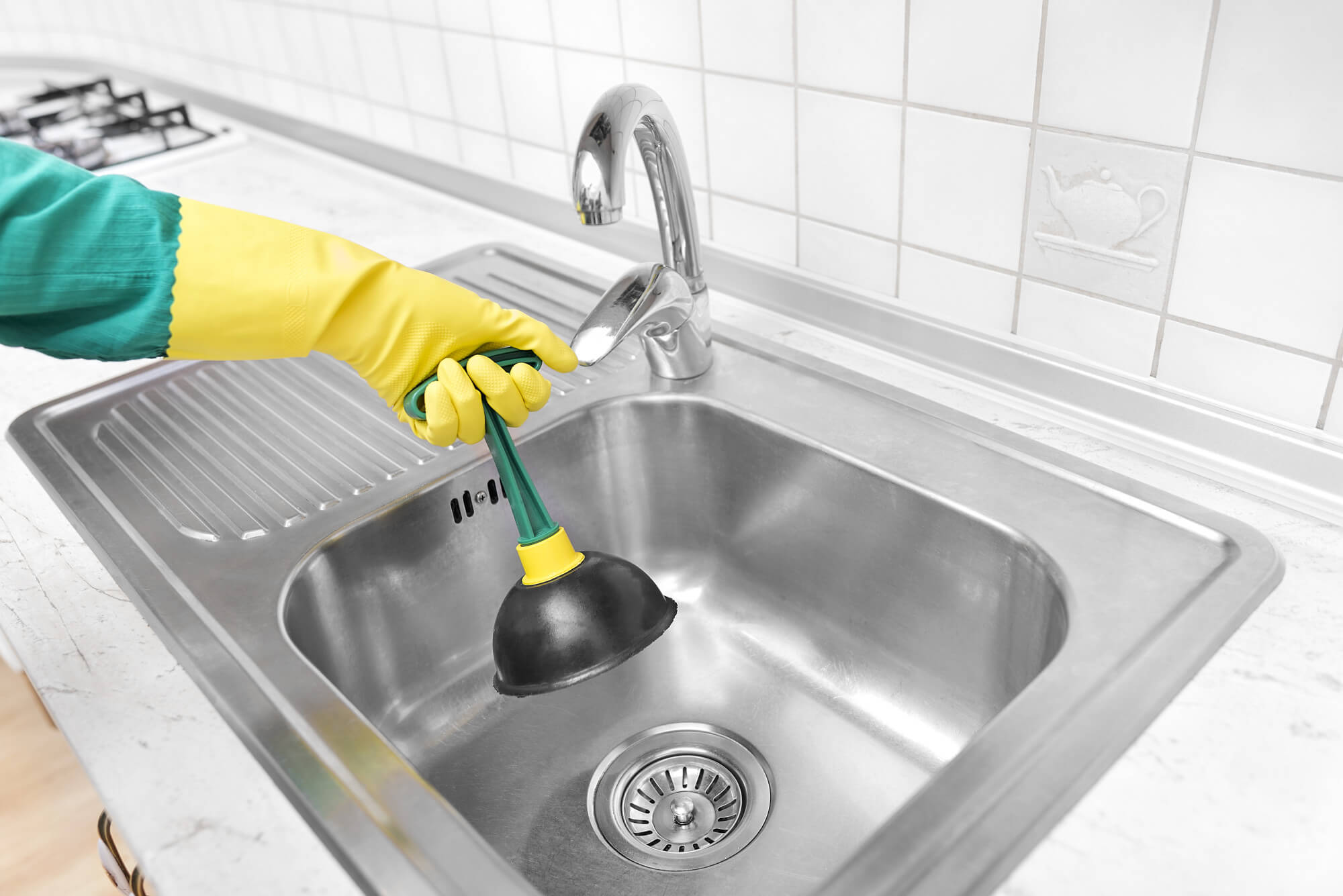
The Art of Reassembling: A Seamless Finish
Once repairs are made, reassemble the drain components carefully, ensuring all connections are snug but not overly tight. Apply a thin layer of plumber’s putty around the base of the sink strainer before screwing it back in place to prevent water seepage. Check for any leaks once the water supply is restored, and adjust as needed.
Preventive Measures: Staying Ahead of Leaks
To minimize future leaks, consider the following:
- Regular Cleaning: Keep your sink and drain free of debris that can corrode or clog pipes.
- Inspect Annually: Make a habit of checking pipe connections and replacing worn parts before they cause leaks.
- Use High-Quality Materials: When replacing parts, opt for durable materials like brass or stainless steel fittings, and PVC or PEX pipes for longevity.
Embracing New Technologies for Enhanced Leak Prevention
In the pursuit of a truly leak-resistant home, it’s worth exploring the advancements in plumbing technology designed to make our lives easier. One such innovation is push-fit connectors, which simplify the installation and repair process by allowing users to connect pipes without the need for soldering or extensive tooling. These fittings come equipped with rubber seals that create a tight, leak-proof joint merely by pushing the pipe into place. Not only do they save time, but they also offer greater flexibility for future modifications or repairs.
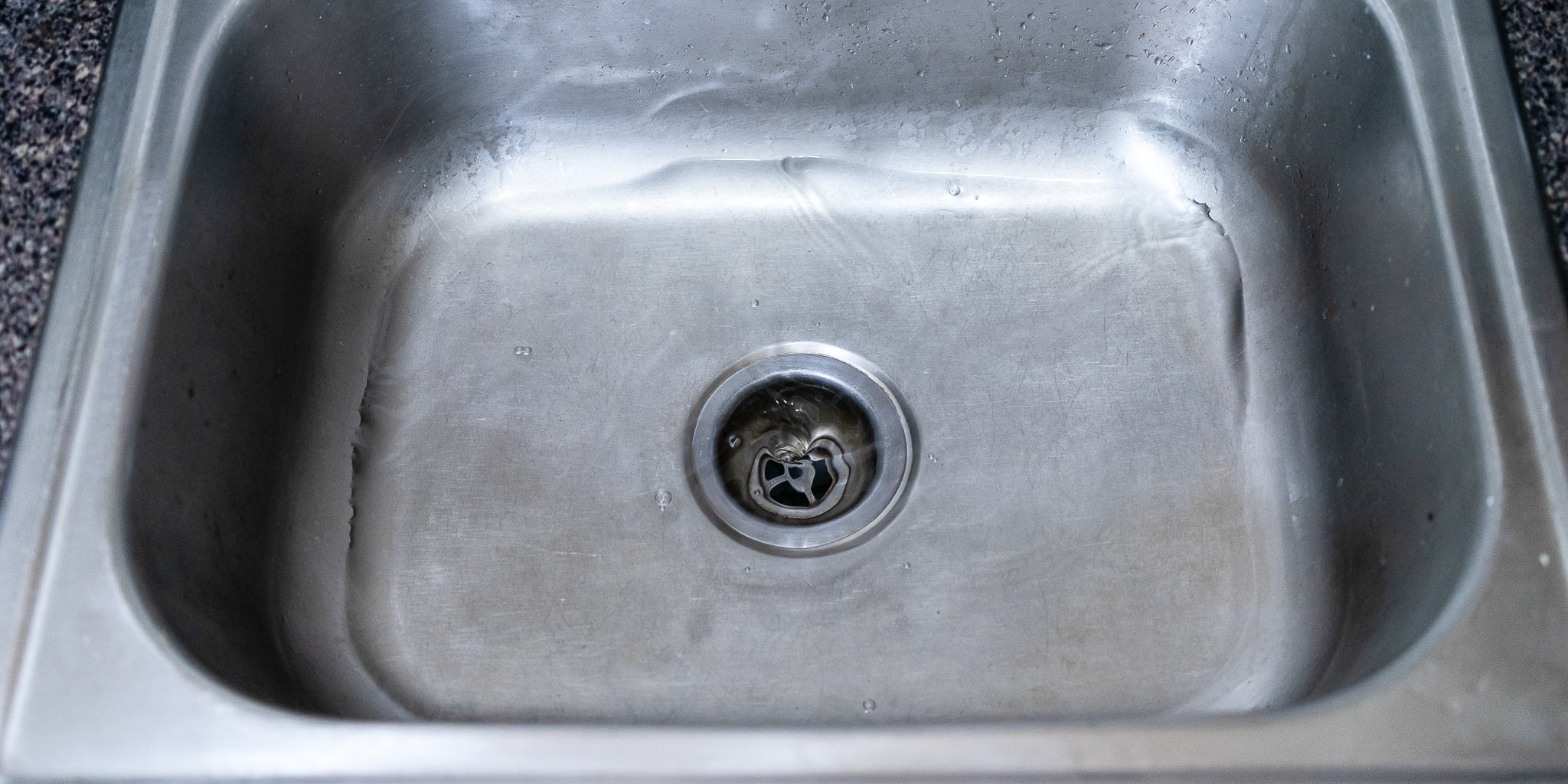
Smart Home Monitoring Systems
Another way technology is revolutionizing leak detection is through smart home systems. These systems incorporate sensors that can be placed near plumbing areas, including under sinks, to detect moisture and alert homeowners to potential leaks via smartphone apps. Early detection provided by these devices can prevent minor leaks from escalating into costly water damage, saving money and preserving the integrity of your home.
Eco-Friendly Solutions for a Sustainable Home
As we strive for more eco-friendly lifestyles, it’s important to consider green options when repairing or upgrading our sink drainage systems. Low-flow faucets and aerators can significantly reduce water consumption without compromising performance. Additionally, choosing materials like PEX piping, known for its durability and resistance to scale build-up, ensures not only a long lifespan but also efficient water flow, contributing to overall household sustainability.
Educating the Household: A Team Effort
Preventing leaks is not solely the responsibility of the homeowner performing repairs; it’s a collaborative effort involving every member of the household. Educating children and adults alike about proper use and care of plumbing fixtures, such as not disposing of oil, grease, or hard-to-grind food waste down the kitchen sink, can go a long way in preventing clogs and subsequent leaks. Cultivating these habits fosters a proactive environment where everyone plays a part in maintaining a leak-free home.

Conclusion: A Leak-Free Future
By taking proactive steps and mastering the basics of sink drain pipe repair, homeowners can transform from helpless observers to capable DIY enthusiasts. Remember, while most leaks can be addressed with simple tools and know-how, complex issues may require professional assistance. With patience, the right approach, and occasional maintenance, your sink will return to its leak-free state, restoring both functionality and tranquility to your home.
Armed with the knowledge of leak diagnosis, repair techniques, and the benefits of embracing modern plumbing solutions, homeowners can face sink drain pipe leaks with confidence. Whether it’s a quick fix with a wrench and some Teflon tape or a more involved upgrade to smart home leak detection systems, each step taken towards prevention and repair contributes to a more comfortable, sustainable, and economically sound living environment. By staying vigilant, proactive, and occasionally seeking expert advice when needed, homeowners safeguard their homes against the unwelcome drip, ensuring a peaceful and well-maintained sanctuary for years to come.
